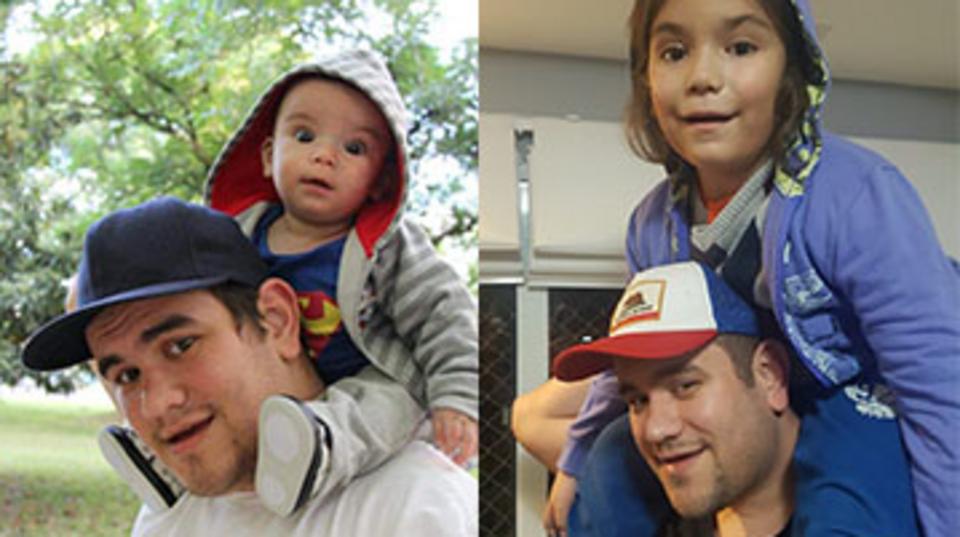
21 Days 1
Bishop Daniel Grahl Saucedo of the Cavalhada Ward, Porto Alegre Brazil South Stake, and his son, Samuel Peres Saucedo, recreate an old family photo as part of the 21-day Connections Experiment in May 2020. Photo courtesy of Daniel Grahl Saucedo, courtesy of Church News. All rights reserved.This story appears here courtesy of TheChurchNews.com. It is not for use by other media.
By Sydney Walker, Church News
When Bishop Daniel Grahl Saucedo saw a news article in May about the 21 Day Family Connections Experiment: A Family History Project, he immediately thought of the youth in his ward.
He and other leaders in the Cavalhada Ward, Porto Alegre Brazil South Stake, had been looking for ways to help the youth stay connected amid the challenges of the COVID-19 pandemic.
Every day for three weeks, Bishop Saucedo, the youth and their leaders did a short, fun family history activity. Many of the activities came from pre-made plans on the “Connections Experiment” website.
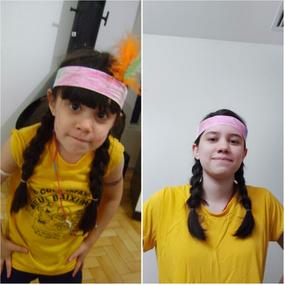
21 Days 3
Luciana Dornelles Kern, a youth in the Cavalhada Ward, Porto Alegre Brazil South Stake, recreates an old family photo as part of the 21-day connections experiment in May 2020. Credit: Luciana Dornelles Kern, courtesy of Church NewsAll rights reserved.Throughout those 21 days, the youth in the Cavalhada Ward — along with more than 5,000 individuals worldwide who participated in May’s experiment — experienced the benefits of family connections.
“We all need a boost of positivity right now,” said Taralyn Parker, assistant project manager. “We’re six months into the pandemic. It’s a politically charged time. There’s a lot of divisiveness. … Here’s an opportunity to gather those you love and do something to make yourself feel better, feel more connected.”
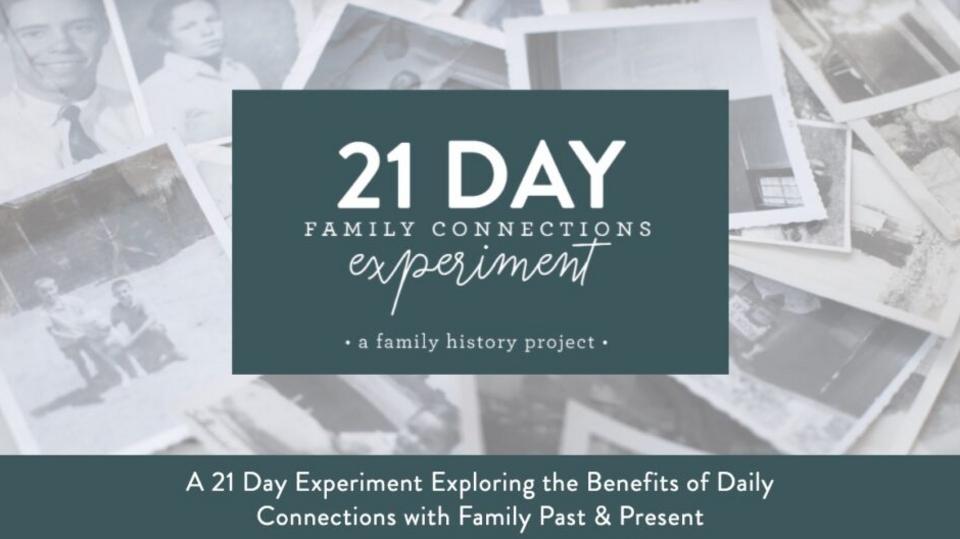
21 Days 4
The “21 Day Family Connections Experiment” can be found at connections-experiment.com. Screenshot courtesy of Church News. Copyright 2020 Deseret News Publishing Company. All rights reserved.Exploring the Benefits of Connection
Upon joining Connections Experiment, participants take a brief survey to gauge their current mood. They can choose from a variety of pre-made family history plans or build their own. Plans include daily prompts for five to 10-minute activities. At the end of the 21-day period, participants take a follow-up survey to measure how their mood has changed.
Although the 21-day challenge is not a controlled scientific experiment, the data and comments gathered in May suggest that doing family history work regularly may have a strong positive effect on mood. Most participants saw an improvement, even if they didn’t do family history every day, Parker said.
“Any little amount you can do will benefit you,” she said. As she has learned doing the experiment with her young children, “it’s not a to-do list — it’s a tool.”
Lyn Wroe, a member of the Regents Park Ward, Brisbane Australia Beenleigh Stake, stumbled upon the 21-day experiment in a Facebook group and decided to give it a try. “I thought, this is a great way to spend isolation,” she said.
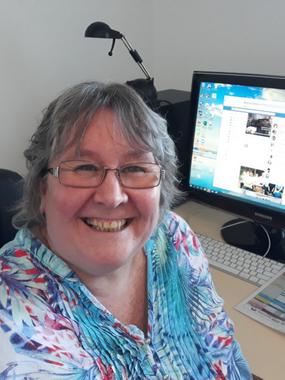
21 Days 5
Lyn Wroe, from Brisbane, Australia, participated in the 21-day Connections Experiment in May and is now a team member. Photo courtesy of Lyn Wrote, courtesy of Church News. All rights reserved.The family history enthusiast said she enjoyed having a simple challenge to do each day. For her, the activities became a distraction from the pandemic.
“I saw a big change because I wasn’t focusing on COVID-19,” she said. “I felt like there was something worth getting up for every morning. I’m a cheerful person anyway … but I saw the benefits of it. My family saw the benefits of it. And I was excited about what I discovered.”
Wroe now serves as a team member with the Connections Experiment, helping to promote it in her area.
“Family history is not a chore,” she said. “Family history is not ‘another thing to do.’ It’s something you can do all the time. And it’s not just the past — it’s the present.”
What’s New in October’s Experiment
Parker said new features for the October experiment include updated family history plans, a connections idea generator, and text and email reminders. A new app is expected to be in the Google Play Store and Apple App Store early October.
“We really worked hard to make it more accessible and easier to integrate into our participants’ lives,” she said of the experiment.
Sarah Day, a 17-year-old high school junior in the Parkway 5th Ward, South Jordan Utah Parkway Stake, participated in May’s experiment and is the mastermind behind the app.
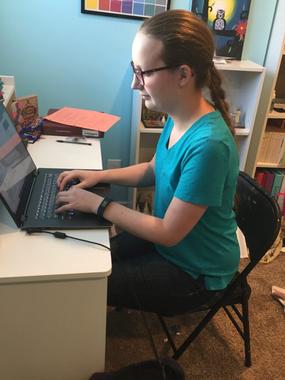
21 Days
Sarah Day, 17, works on her laptop at her home in South Jordan, Utah. Sarah recently programmed an app for the 21-day Connections Experiment that will be released in early October 2020. Photo courtesy of Sarah Day, courtesy of Church News. All rights reserved.She had never programmed before but as one who felt the project’s benefits, she said she wanted to volunteer time and effort. It was a learning process of “trial and error” as she taught herself how to program an app in about a month.
Sarah said she hopes the app will be a quick and easy tool for finding and sharing family history plans and ideas without having to go to the website.
To those wondering if they should try the experiment, she said, “The benefits of family history have really affected my life and benefited me in more ways than I can count. I know that it can help them too, and that they should go and try it.”
“Come as you are and do what you can,” Parker added. “Family history isn’t a ‘one size fits all.’ Choose the parts that you love. Choose the things that bring joy to your family. Whether that is sharing stories at bedtime or taking pictures and making memory books. Do what brings your family the most joy and connection.”
Learn more about the experiment by visiting connections-experiment.com, join the Facebook group or follow on Instagram.
Copyright 2020 Deseret News Publishing Company